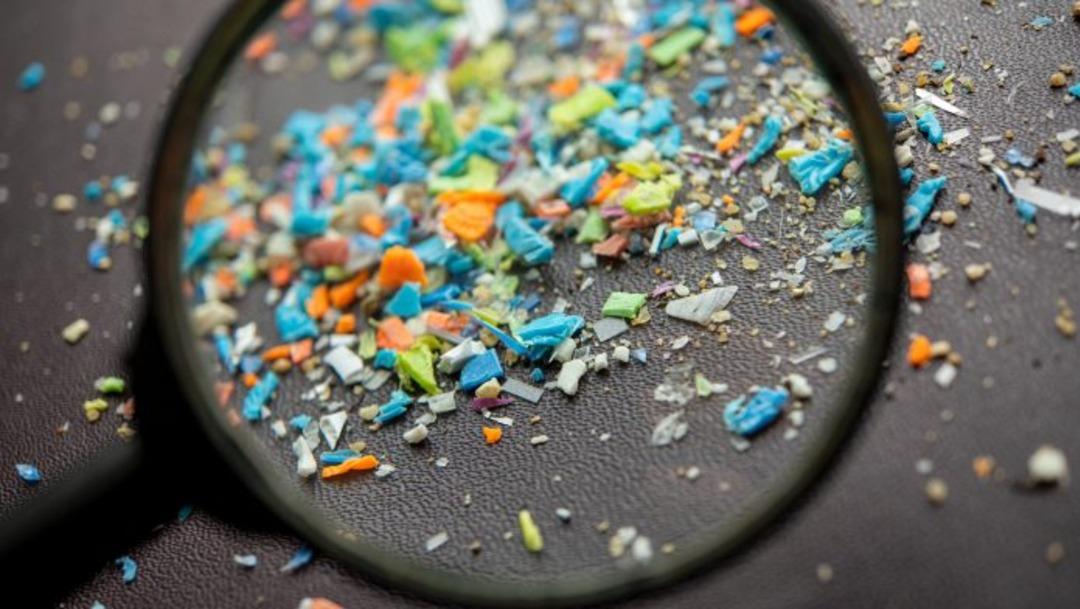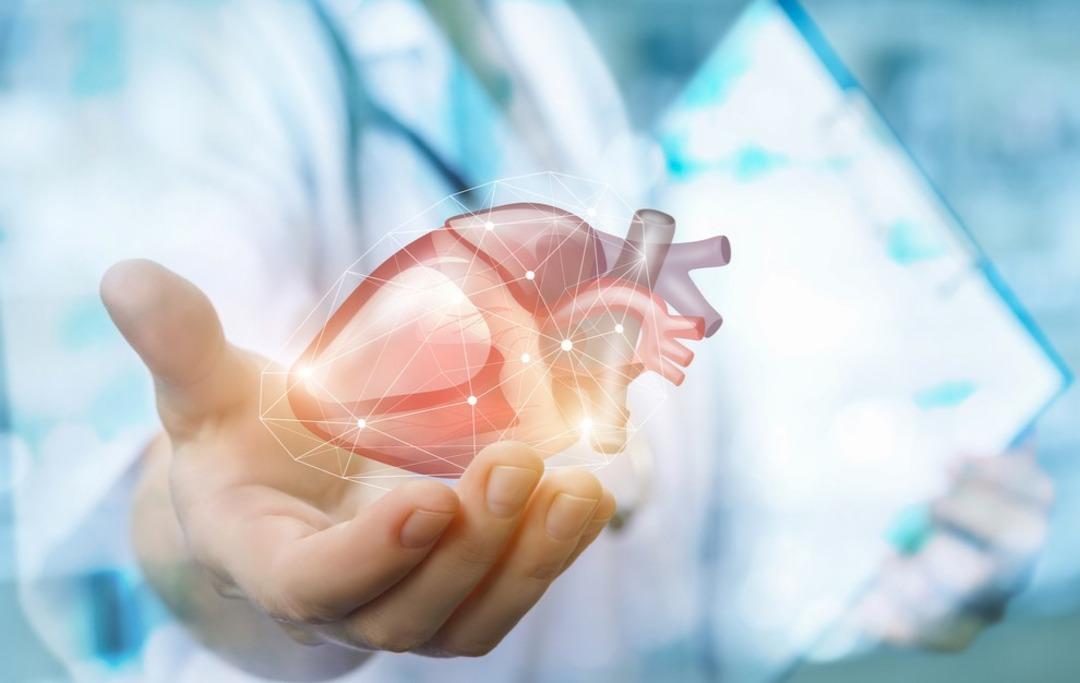A new made researchIn autopsies between 1997 and 2024 brainIncreased amounts of micro and nanoplastic in the liver and kidney tissues. Although the effects of microplastics on human health are not known, their studies paralysis And it shows that it may be associated with heart attacks.
A wide range of work is needed
According to the research, in the brains of dementia patients germ Their levels are about six times more. However, scientists reported that dementia leads to a deterioration in the brain tissue and that it may have increased germs. Prof. Dr. New Mexico University in the United States. Matthew Campen and his team said that more large -scale studies are needed to see if germ of microplastic causes neurological diseases or other health problems.

Another recent study showed that the germ ratio was much higher in the placements of infants born with premature birth. In an experiment on mice, it was seen that microplastics may cause neurological damage by clogging the brain vessels. However, it was reported that human capillaries were wider and uncertain whether it will show the same effect.
People who lost their lives were analyzed

The research team analyzed the brain, liver and kidney tissues of 52 people who lost their lives in 2016 and 2024. It was found that microplastic density in brain tissues was much higher than other organs. In addition, the microplastic levels of the brain and liver tissues of the people who lost their lives in 2024 increased significantly compared to those in 2016. Brain tissues from people who lost their lives on the eastern coast of the United States between 1997-2013 were also examined, and from 1997 to 2024, microplastic pollution in the brains increased gradually.
Our brain is full of plastic!

The most widely detected plastic species was polyethylene commonly used in plastic bags and food packages. Most of the plastic particles in the brain were nano -scale fractures and pieces. The research team said that only a single example was taken from the organs and that the differences between individuals are not fully known. It was also pointed out that the geographical variations between the examples taken from different parts of the USA may also affect the results.

Professor of Exeter University in the UK. Tamara Galloway, in the last 8 years, microplastic levels in the brains increased by 50 percent, which is parallel to the increase in plastic production and use, he said. Galloway, the surrounding germ pollution in the event of a reduction in the human body, the amount of microplastic will decrease, he said.
Professor of RMIT University in Australia. Oliver Jones underlined that more and more comprehensive research should be done to understand the definitive effects of germs on human health.
(DHA)
